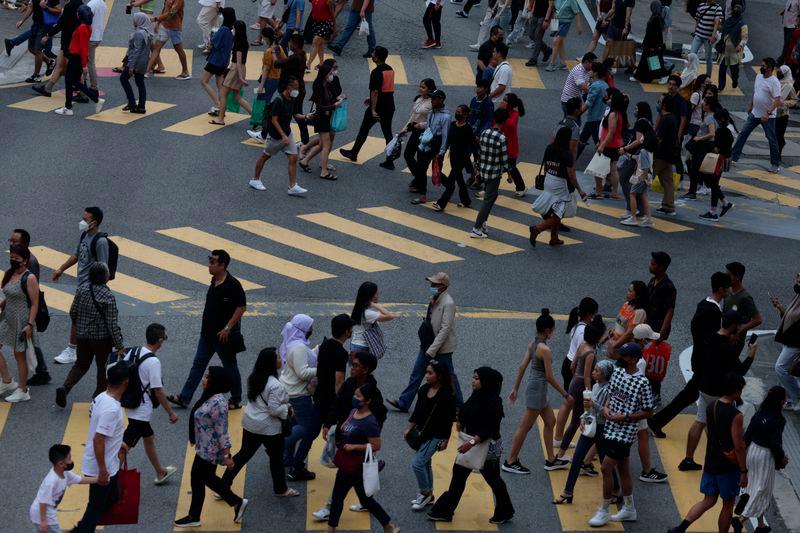MALAYSIA was recently ranked as the 43rd most prosperous country, according to the 2023 Legatum Prosperity Index.
According to the international think tank, which has researched various nations’ prosperity for the last 15 years, the 2023 index has researched 167 territories - referred to as ‘country’ and ‘nation’.
The study has included several elements which are divided into 12 “pillars” in determining the prosperity index in every country listed which are:
1. Safety & security (Measures the degree to which war, conflict, terror and crime have destabilised the security of individuals, both immediately and through longer lasting effects)
2. Personal freedom (Progress towards basic legal rights, individual liberties, and social tolerance)
ALSO READ: Malaysia ranks 45th place in world economic freedom index
3. Governance (The extent to which there are checks and restraints on power and whether governments operate effectively and without corruption)
4. Social capital (The strength of personal and social relationships, institutional trust, social norms, and civic participation in a country)
5. Investment environment (The extent to which investments are adequately protected and are readily accessible)
6. Enterprise conditions (Measures the degree to which regulations enable businesses to start, compete, and expand)
7. Infrastructure and market access (Measures the quality of the infrastructure that enables trade and distortions in the market for goods and services)
ALSO READ: Malaysia ranks 59th out of 67 countries for minimum wage
8. Economic quality (How well an economy is equipped to generate wealth sustainably and with the full engagement of the workforce)
9. Living conditions (A reasonable quality of life is experienced by all, including material resources, shelter, basic service and connectivity)
10. Health (Measures the extent to which people are healthy and have access to the necessary services to maintain good health, including health outcomes, health systems, illness and risk factors, and mortality rates)
11. Education (Measures enrolment, outcomes, and quality across four stages of education [pre-primary, primary, secondary, and tertiary education], as well as the skills in the adult population)
12. Natural environment (measures the aspects of the physical environment that have a direct effect on people in their daily lives and changes that might impact the prosperity of future generations)
ALSO READ: Malaysia ranked fourth for highest average salary in Southeast Asia
According to the index, Malaysia placed 73rd worldwide (70.81%) in safety and security, 113th (46.9%) in personal freedom, 50th (57.23%) in governance, 63rd for social capital (57.9%), 27th (73.49%) place for investment environment and 29th (69.24%) for enterprise conditions.
Meanwhile, Malaysia came in 37th (70.62%) place in infrastructure and market access, 34th (64.98%) in economic quality, 64th (79.52%) for living conditions and 42nd (77.35%) in health while education (72.94%) and natural environment (61.07%) both came in 46th place.
“Malaysia performs most strongly in investment environments and enterprise conditions but is weakest in personal freedom,” the index wrote.
The study added that Malaysia has climbed up two places since 2011 and indicated the “biggest improvement”, as quoted from the report, in the social capital pillar from a decade ago.
Globally the index ranked Denmark in first place while Sweden was placed second and Norway in third place.
ALSO READ: Malaysia ranks 107th, loses 34 places in latest press freedom index
In terms of rankings between Asian nations, Malaysia came in 6th in the prosperity index while Japan took the top spot while Singapore was placed second and Taiwan in third place.
In the study conducted by Legatum Institute, prosperity is defined as being “far more than wealth”, as quoted, and when everyone has the freedom and opportunity to thrive in their surroundings.
The grading system in the international prosperity index indicates the higher the percentage a country obtains, the higher the ranking. Additionally, each pillar was also colour graded from green to red (green - positive; red - negative).









